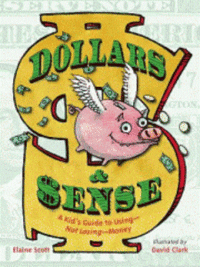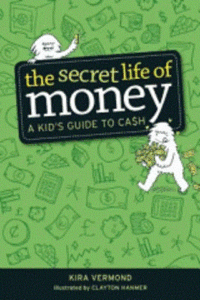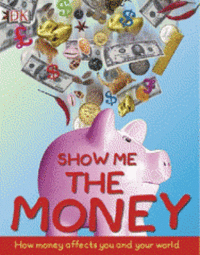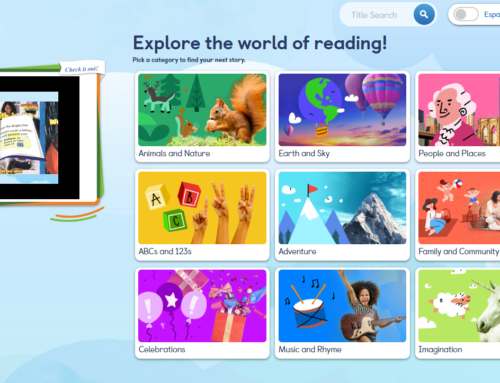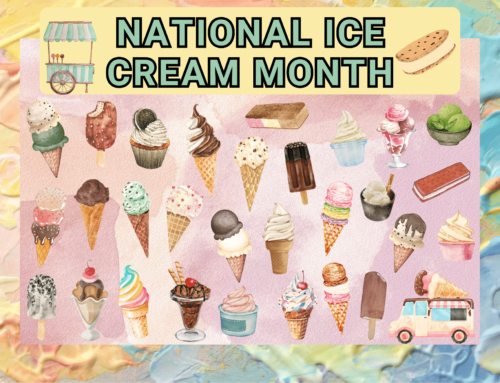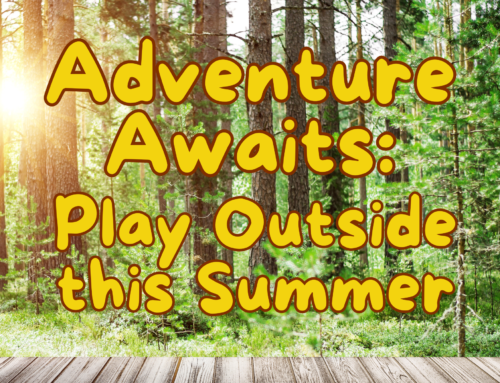How many of us dream of being rich? I sure do! When I was a kid, I would go to bed every night, hoping and praying that the next morning, I’d wake up to news that we’d won the lottery or that someone had dropped one of those giant checks for a million dollars on our front door.
There’s good news! It’s totally possible to successfully manage your money!
The bad news? It’s a skill that doesn’t really develop overnight while you’re sleeping.
No, very few people get rich by magic, or accident, or lotteries. Most people learn how to manage their money through hard work and learning good spending and saving habits. The best part about this is that it’s never too early to start learning good money habits, and since April 12 kicks off Smart Money Week, we found some books on our shelves to help get you start down the path to smart money habits!
These books were found on the shelf at our La Plata branch. Want to find more books about financial literacy in the CCPL collection? Search our online catalog (or click here for more books about finance for kids)! Find a book you want that isn’t near your favorite branch? You can always place items on hold using your library account and have them sent to the branch closest to you! Try it today! And don’t forget to check our digital resources like Overdrive and Hoopla, too!
Dollars & $ense: A Kid’s Guide to Using – Not Losing – Money by Elaine Scott
This book gives a lot of background on the history of money! With humorous illustrations to go along with the text, kids will come away understanding concepts like money as replacement for a barter system, banks, budgeting, and even some historical information about major changes in how money was viewed, like events during The Great Depression. Recommended for 4th grade and up.
The Secret Life of Money: A Kid’s Guide to Cash by Kira Vermond
This title dives into lots of aspects of our financial system, including credit and personal finance. There’s even a section on charity! With several chapters on how to invest money so that it works for you, this is a good title for kids with big goals! The information is broken down into easily digestible chunks, and there’s plenty of infographics, cartoons, and even a few comic strips to help explain the concepts. Recommended for 4th grade and up.

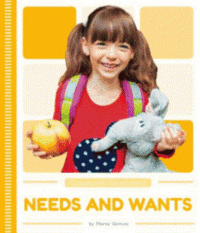
Goods and Services and Needs and Wants by Marne Ventura
Part of a series on Community Economics, these Early Reader titles aim to introduce kids to economic concepts using simple text and photographs of the concepts in action. Goods and Services introduces the idea of how it costs money to get things, but how making the things we buy, or providing other services, are also valuable parts of our economy. Needs and Wants helps kids to differentiate between things they have to have to live and things that they want to have to be happy, and how important it is to balance the two. With big, bright pictures and a glossary to help explain new words, this series is a great choice for the earliest readers! Recommended for Pre-K to 1st grade.
Show Me the Money – How to Make CENTS of Economics by Alvin Hall
With a layout that might remind you of a Ripley’s Believe it or Not Book, or an early almanac, Show Me the Money makes the most of its page, packing in a lot of information about a lot of things. Covering everything from why we work, to our place in the economy, this one uses flashy graphics and easy, pick-up-and-read sections to convey its information. There’s even a section on the stock market (for kids who may have gotten interested in how it works thanks to recent current events). Due to the depth in which some of the concepts are covered, an older audience is suggested. Recommended for 5th grade and up.
Saving by Jessica Morrison
Part of the Everyday Economics series, this title focuses specifically on how to save money. After a quick, one page historical lesson about saving, this book explains why it’s important to save, different methods to saving, the pros and cons of banks, and even a quick guide on setting up a budget. This is a good intro to the concept of saving, but also gives strategies on how to go about. Recommended for 2nd grade and up.

